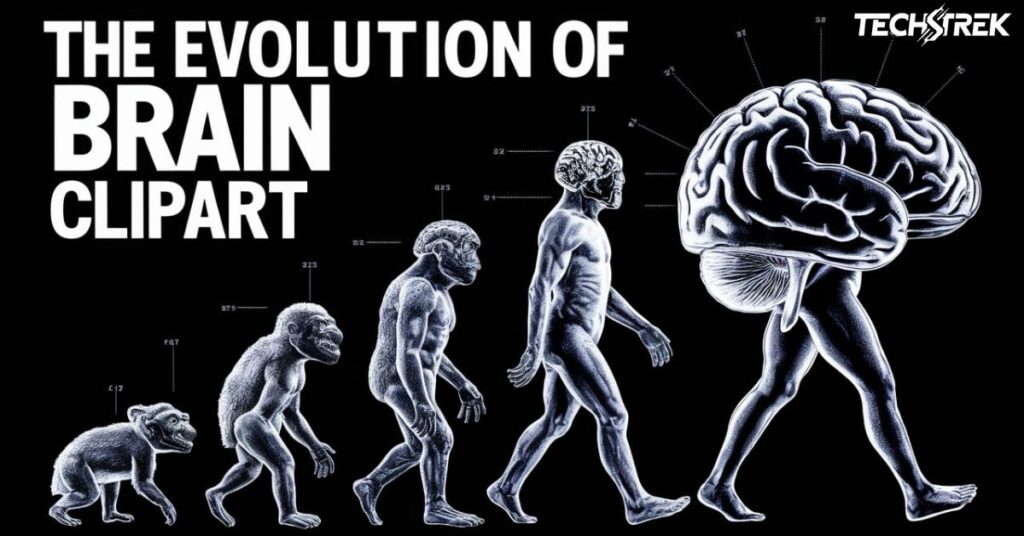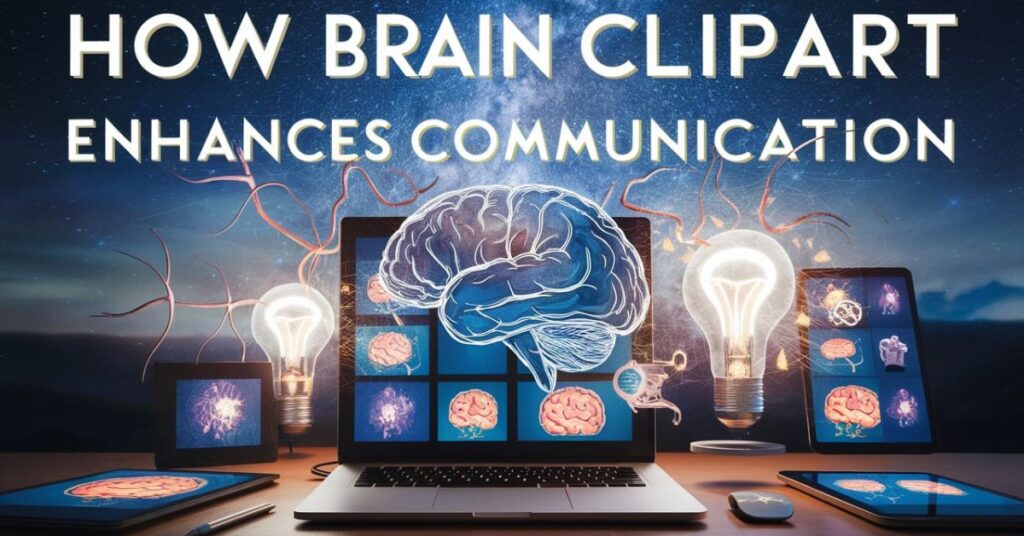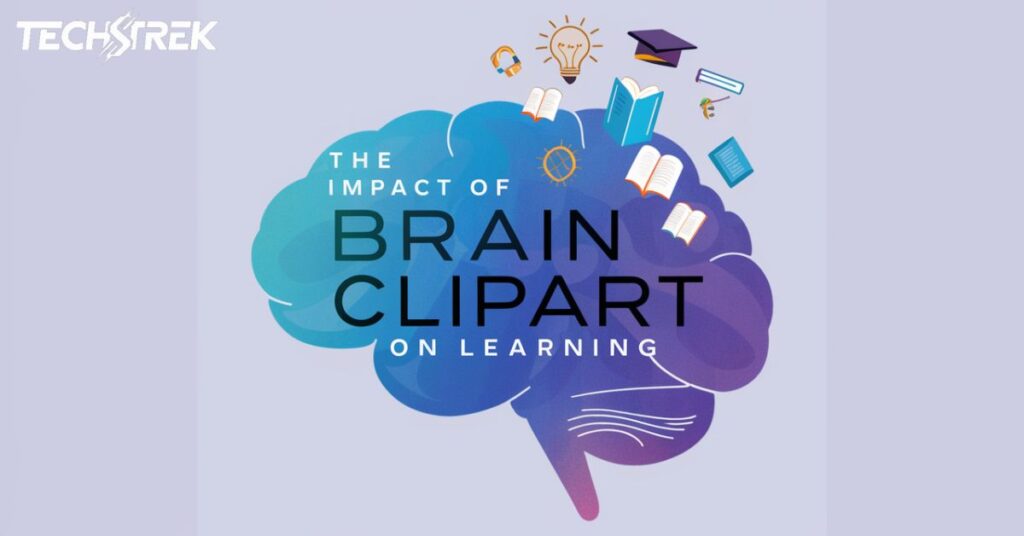Clipart:ee-zgj_h1oc= brain refers to pre-made images of the human brain for easy use in various media. These visuals range from simple illustrations to detailed anatomical depictions, aiding communication across fields.
Imagine explaining complex neurological concepts without words. Brain clipart makes this possible, bridging the gap between intricate ideas and easy understanding. It’s a universal visual language that captivates audiences in education, medicine, and business alike.
In this article, we’ll explore the types of brain clipart, from illustrative to realistic, and examine their benefits. Discover how these images can enhance your communication, improve learning outcomes, and elevate your presentations.
What is Clipart?
Clipart refers to pre-made images designed for easy insertion into various media. Originally printed, clipart has now transitioned to primarily digital formats. It provides a quick way to communicate visual ideas without needing advanced graphic design skills.
Clipart:ee-zgj_h1oc encompasses simplistic and stylized images that can be easily used in documents and presentations. It serves as a valuable resource for those who want to enhance their content visually. Clipart’s accessibility has made it a popular choice for various communication needs.
The Evolution of Brain Clipart

Brain clipart has come a long way over the years. In the past, it was simple black and white drawings. These were often found in books or printed materials. They were basic but did the job of showing the main parts of the brain.
As technology improved, so did Clipart:ee-zgj_h1oc. With computers, artists could make more detailed images. They could add color and show more complex structures. This made the clipart more useful for teaching and explaining brain functions.
Today, brain clipart is very advanced. We have 3D models and interactive images. These can show how the brain works in real-time. They’re used in classrooms, doctor’s offices, and even in apps on our phones. The growth of brain clipart has made learning about the brain easier for everyone.
Types of Brain Clipart
There are many types of brain clipart available today. Each type serves a different purpose. Some are simple, while others are very detailed. The type you choose depends on what you want to show.
One common type is cartoon brain clipart. These are fun and simple images. They often show the brain with a face or doing an activity. These are great for kids or for making a point in a light-hearted way. They’re often used in schools or in ads.
Another type is realistic brain Clipart:ee-zgj_h1oc= brain. These look more like real brains. They show all the parts in detail. Doctors and scientists often use these. They’re good for explaining serious topics or showing where problems in the brain might be.
Benefits of Using Clipart:ee-zgj_h1oc= brain
Brain clipart has many benefits. It helps people understand complex ideas about the brain. Here are some key advantages:
- Makes learning about the brain easier
- Helps explain medical conditions clearly
- Saves time compared to drawing from scratch
- Can be used in many different ways
- Helps people remember information better
How Brain Clipart Enhances Communication?

Improving Education
In schools, brain clipart makes learning fun. Teachers use it to show how the brain works. Students can see the parts of the brain clearly. This helps them understand and remember better.Clipart:ee-zgj_h1oc turns hard topics into interesting visual lessons.
Aiding Medical Explanations
Doctors use brain clipart to explain health issues. It helps patients understand their conditions. When a doctor shows a picture, it’s easier to grasp what’s happening. This leads to better conversations about treatment. The patients feel more involved in their care as a result.
Enhancing Business Presentations
In business, brain clipart adds interest to presentations. It can show ideas about thinking and decision-making. This makes talks about strategy more engaging. People remember the main points better when they see them as images.
Supporting Scientific Research
Scientists use detailed brain clipart in their work. It helps them share their findings clearly. When presenting research, these images make complex data easier to understand. This is crucial for explaining new discoveries about the brain.
Boosting Public Awareness
Brain clipart helps raise awareness about brain health. Campaigns use these images to teach people. They show how to keep the brain healthy or spot signs of problems. This visual approach makes important information accessible to everyone.
Creating Effective Brain Clipart
Making good Clipart:ee-zgj_h1oc takes skill. The best images are clear and accurate. They should be easy to understand at a glance. Colors are often used to show different parts of the brain. This helps people see how the brain is organized.
When creating brain clipart, it’s important to know the audience. For kids, simple and colorful images work best. For doctors, more detailed and realistic images are needed. The key is to match the style to the purpose.
Good brain clipart also includes labels. These help identify the parts of the brain. Labels should be easy to read and not overcrowd the image. Sometimes, arrows or lines are used to point out specific areas. This makes the clipart even more informative.
Brain Clipart Across Different Fields
Brain clipart is used in many areas. Here’s how it helps in different fields:
| Field | Use of Brain Clipart |
| Education | Teaching brain anatomy and function |
| Medicine | Explaining conditions and treatments |
| Psychology | Illustrating mental processes |
| Neuroscience | Showing research findings |
| Marketing | Creating engaging visuals about thinking |
The Impact of Brain Clipart on Learning

Brain clipart has changed how we learn about the brain. It makes complex topics easier to grasp. Students of all ages benefit from these visual aids. They can see how the brain is structured and how it works. As a result, information is better understood and retained.
In classrooms, teachers use Clipart:ee-zgj_h1oc to make lessons more interactive. They can show how different parts of the brain control various functions. This hands-on approach keeps students engaged. It turns abstract concepts into concrete visuals that students can relate to.
Even adults learning about the brain find clipart helpful. Whether in a college class or a public lecture, brain images make the content more accessible. People can see connections and processes that might be hard to imagine from words alone. This visual learning approach suits many different learning styles.
Read this Blog: Newssyc.in/category/dental is Your Ultimate Dental Resource
Brain Clipart in the Digital Age
The digital age has transformed Clipart:ee-zgj_h1oc. We now have interactive 3D models of the brain. These can be rotated and explored on computers and smartphones. This level of detail was not possible with traditional clipart.
Apps and websites use brain clipart to teach about neuroscience. People can tap on different parts of the brain to learn more. Some apps even show how the brain changes with certain activities. This makes learning about the brain a more personal and engaging experience.
Social media has also embraced brain clipart. Infographics about brain facts often go viral. They use simple brain images to share interesting information. This has helped spread knowledge about brain health and function to a wider audience.
Challenges in Using Brain Clipart
While brain clipart is very useful, it has some challenges. Here are some things to consider:
- Simplification can sometimes lead to misunderstanding
- Not all brain clipart is scientifically accurate
- Overuse of clipart can make presentations look unprofessional
- Finding the right clipart for specific needs can be time-consuming
- Copyright issues can arise if clipart is used without permission
Future of Brain Clipart
The future of brain clipart looks exciting. As technology advances, we can expect even more detailed and interactive images. Virtual reality might allow us to ‘walk through’ a giant brain model. This could revolutionize how we learn about the brain.
Artificial intelligence could create customized brain clipart. It might adapt images to fit specific learning needs. For example, it could highlight areas of the brain affected by certain conditions. This personalized approach could make learning even more effective.
We might also see more integration of Clipart:ee-zgj_h1oc in everyday life. Wearable devices could use brain images to show our mental state. This could help people understand and manage their cognitive health better. The possibilities for brain clipart are endless as our understanding of the brain grows.
Bottom Line
Brain clipart has become an essential tool in many fields. It helps us understand and explain the complex workings of our minds. From classrooms to doctor’s offices, these images make learning about the brain easier and more engaging.
We’ve seen how brain clipart has evolved over time. It’s gone from simple drawings to interactive digital models. This growth has made brain science more accessible to everyone. It’s no longer just for experts – anyone can learn about the brain through these visual aids.
As we look to the future, brain clipart will continue to play a crucial role. It will help us tackle new challenges in brain research and education. By making the invisible visible, brain clipart opens up a world of understanding about our most complex organ.
Frequently Asked Questions
What is the purpose of Clipart:ee-zgj_h1oc= brain?
Clipart:ee-zgj_h1oc= brain serves as a visual representation of cognitive concepts.
How can I use Clipart:ee-zgj_h1oc= brain in my projects?
Clipart:ee-zgj_h1oc= brain can be incorporated into presentations, infographics, or educational materials.
Clipart:ee-zgj_h1oc= brain available in different styles?
Various styles of Clipart:ee-zgj_h1oc= brain may exist, depending on the specific clipart library.
Can I modify Clipart:ee-zgj_h1oc= brain for my needs?
Modification rights for Clipart:ee-zgj_h1oc= brain depend on the clipart’s licensing terms.
Where can I find Clipart:ee-zgj_h1oc= brain?
Clipart:ee-zgj_h1oc= brain may be available on various clipart websites or design resources.
What does the code “ee-zgj_h1oc” in “Clipart:ee-zgj_h1oc= brain represent?
The code “ee-zgj_h1oc” in Clipart:ee-zgj_h1oc= brain likely serves as a unique identifier for the specific clipart image.
Are there any alternatives to Clipart:ee-zgj_h1oc= brain for similar imagery?
While Clipart:ee-zgj_h1oc= brain is unique, other brain-related clipart options may exist as alternatives.








